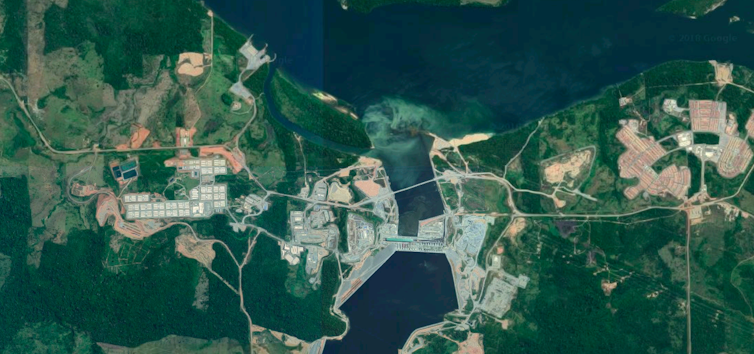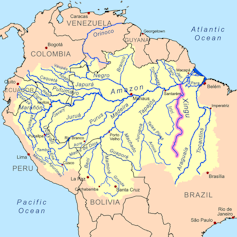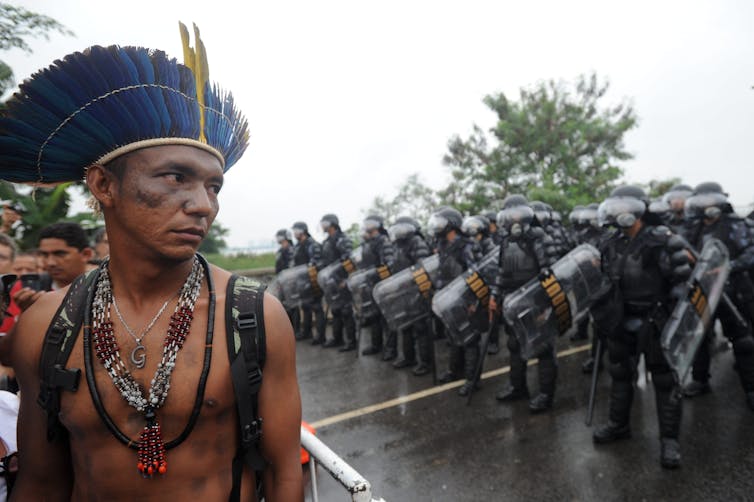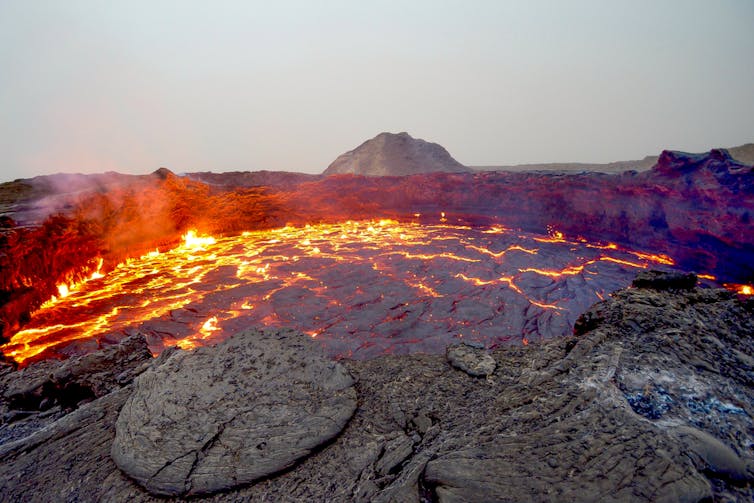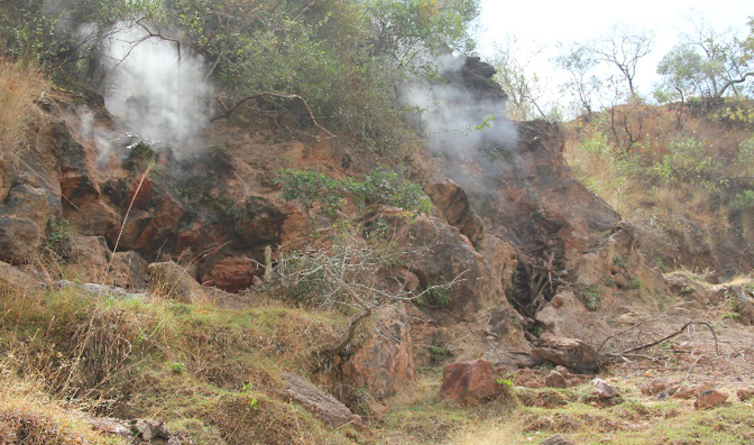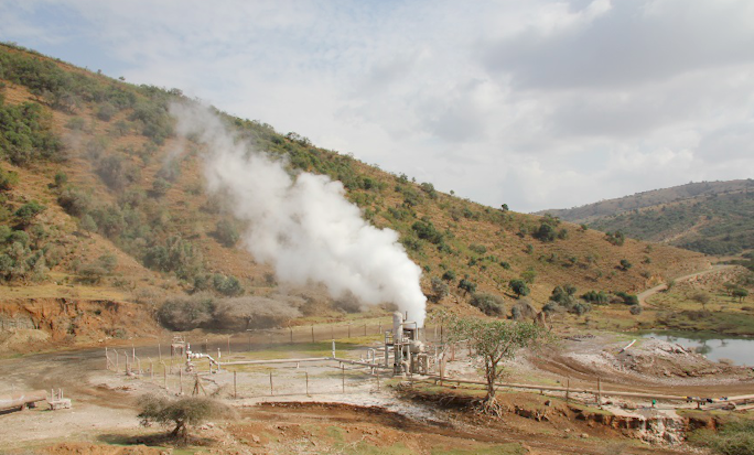‘Noise’ is the Greenhouse gas (GHG) emissions which have resulted from fossil-fuel-powered economic growth which is measured as GDP for particular territories. In Figure 1, ‘noise’ is the area below the green line to the left of the vertical dotted line (historical) and below the blue line to the right of the vertical dotted line (projected). ‘Silence’ is the reduction of fossil-fuel use and the mitigation of carbon emissions. In Figure 1, ‘silence’ is the green shaded area above the blue line and below the dotted blue line to the right of the vertical dotted line.
 |
| Figure 1 |
To ensure that we maintain atmospheric GHG emission concentrations conducive to human habitation and the ecosystems that support us, we need to assign less value to ‘noise’ (burning fossil fuels) and more value to ‘silence’ (GHG emission mitigations). Creating a system which assigns value to ‘silences’ by turning them into investable resources requires an effort sharing mechanism to establish demand and organizational capacity alongside accurate measuring, reporting and verification for supply.
Organizational capacity for supplying ‘silences’ depends on the ability of organizations to create, trade and accumulate GHG emission mitigations. Due to the intangible nature of such ‘silences’, turning GHG emissions mitigations into investable sources requires their assetization as quasi-private goods with well-defined and delineated quasi-property rights. As preservations of the intangible commodity of stable atmospheric GHG concentrations through the reduction of pollution, such rights need to protect investment by ensuring that these private goods are definable, identifiable and capable of assumption by third parties. Such rights also require enforcement and protection against political and regulatory risk.
Commodifying GHG emission mitigations as quasi-private goods by assetizing them with well-defined and delineated quasi-property rights therefore provides the basis for the supply of ‘silences’. Rather than ‘internalising’ the cost of stabilising or reducing atmospheric GHG concentrations, this approach assigns value to GHG emission mitigations. Yet, if we want to avoid climate catastrophe according to the most recent IPCC 1.5C report and the UNDP Emissions Gap Report, GHG emission mitigations also require concretization on the demand-side. There are several examples of GHG emission mitigation and energy demand reduction assetization that can help illustrate how such systems of demand and supply can function.
Similar to GHG emission mitigations, energy demand reductions also represent the reduction of an intangible commodity vis-à-vis a baseline. While stable atmospheric GHG emission levels are the intangible commodity in the case of the former, in the case of the latter the intangible commodity is energy supply which fuels economic growth. Both require the assetization of mitgations/reduction to create ‘tangibility’, which provides the basis for assigning value. To illustrate, energy demand reductions are absent on domestic and corporate accounts and subsequently undervalued vis-à-vis increases in revenues.
Market-based instruments that succeed in setting and enforcing targets and creating systems of demand, however, can create ‘tangibility’. Energy demand reductions, for example, are assetized as white certificates representing equal units of energy savings (negawatts) in white certificate markets. Similarly, demand-side response enables the assetization of short-term shifts in energy (non-)use (flexiwatts) to benefit from flexibility and balancing markets. Carbon emission mitigations are assetized under the Clean Development Mechanism (CDM) as Certified Emissions Reductions (CERs).
Crucially, these examples shift the emphasis from the cost of pollution and the need to ‘internalise’ this cost or from turning pollution into a quasi-private good through Emissions Trading Schemes (ETS) towards the positive pricing of energy demand reductions and carbon emission mitigations. Positive pricing turns their respective reduction and mitigation itself into a quasi-private good by turning ‘silences’ into investable resources.
The main technical difficulty of establishing such systems lies in the definition of baselines and measuring, reporting and verification vis-à-vis these baselines. The difficulties inherent in this approach are well documented but improved sensing technology, such as the Internet of Things (IoT), and distributed ledgers promise greatly improved granularity and automated time-stamping of all aspects of energy (non-)use at sub-second intervals. If structures of demand are clearly identified through target-driven market-based instruments and supply is facilitated through the assetization of ‘silences’ as quasi-private goods with clearly defined and enforced quasi-property rights, a clear incentive also exists to ensure that MRV structures are improved accordingly.
Key to the implementation of such target-driven market-based instruments are mechanisms to ensure that efforts are shared among organisations, sectors or countries, depending on the scale of implementation. Arguably, one of the reasons why the CDM failed in many aspects was because of the difficulty of proving additionality. This concept was supposed to ensure that only projects that could prove their viability based on the availability of funds derived from the supply, trade and accumulation of CERs would be eligible for CDM registration.
The difficulty of proving additionally increases cost and complexity. To ensure that new mechanisms no longer require this distinction, a dynamic attribution of efforts is required. A mechanism to dynamically share efforts can also help address rebound effects inherent in energy efficiency and energy demand reduction efforts. Key is the target-driven nature of associated market-based instruments and the equitable distribution of the rebound through a dynamic mechanism which shares any rebounds (i.e. increases in carbon emissions) equitably among organisations, sectors or countries. With an appropriate effort-sharing mechanism in place, the demand and supply of ‘silences’ can be aligned with targets aiming to maintain atmospheric GHG emission concentrations in line with levels conducive to human habitation and the ecosystems that support us.
—————————-
This blog is written by Cabot Institute member Dr Colin Nolden, a Vice Chancellor’s Fellow in sustainable city business models. The blog has been reposted with kind permission of World Sustainable Energy Days. If you would like to read more on this topic, you can read Colin’s research paper here.
 |
| Colin Nolden |















